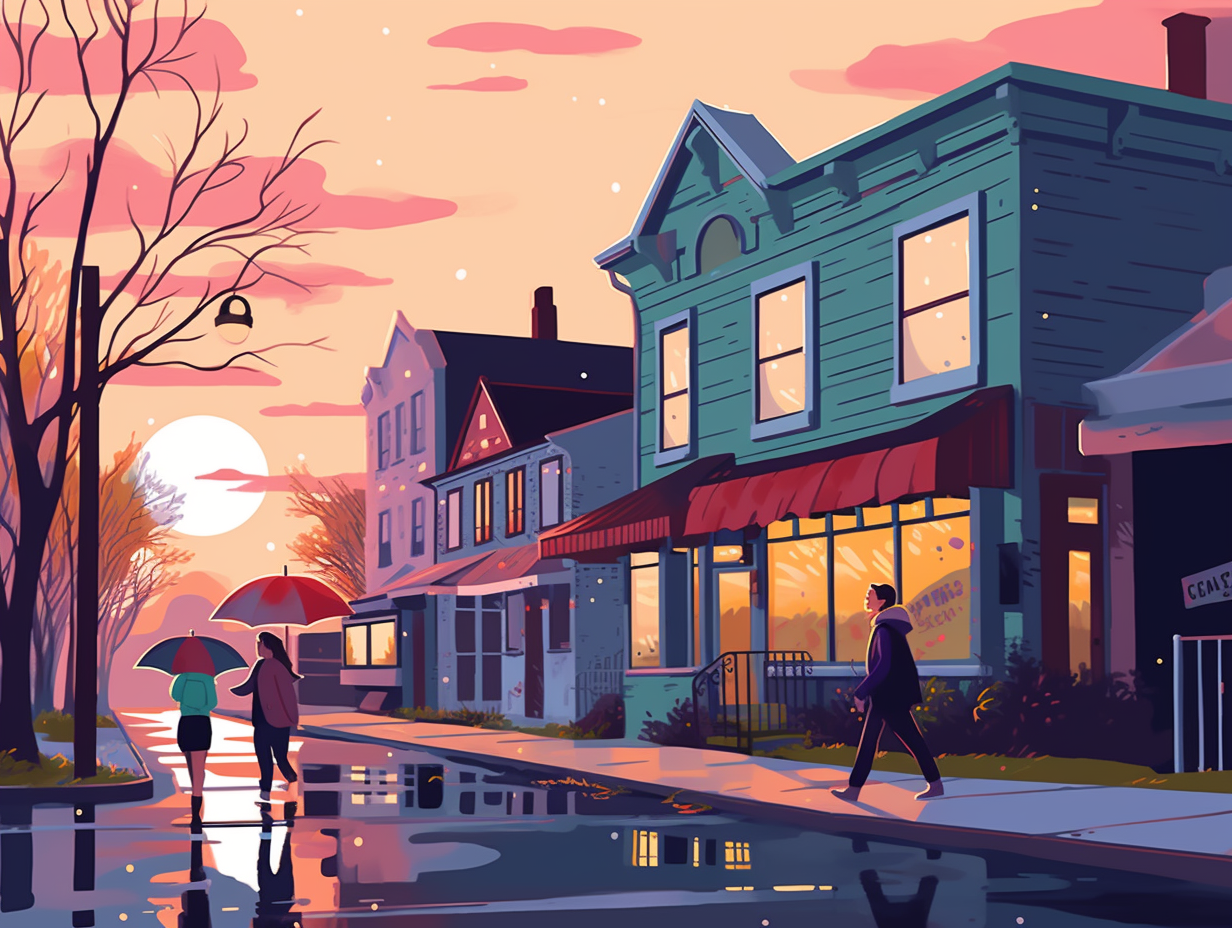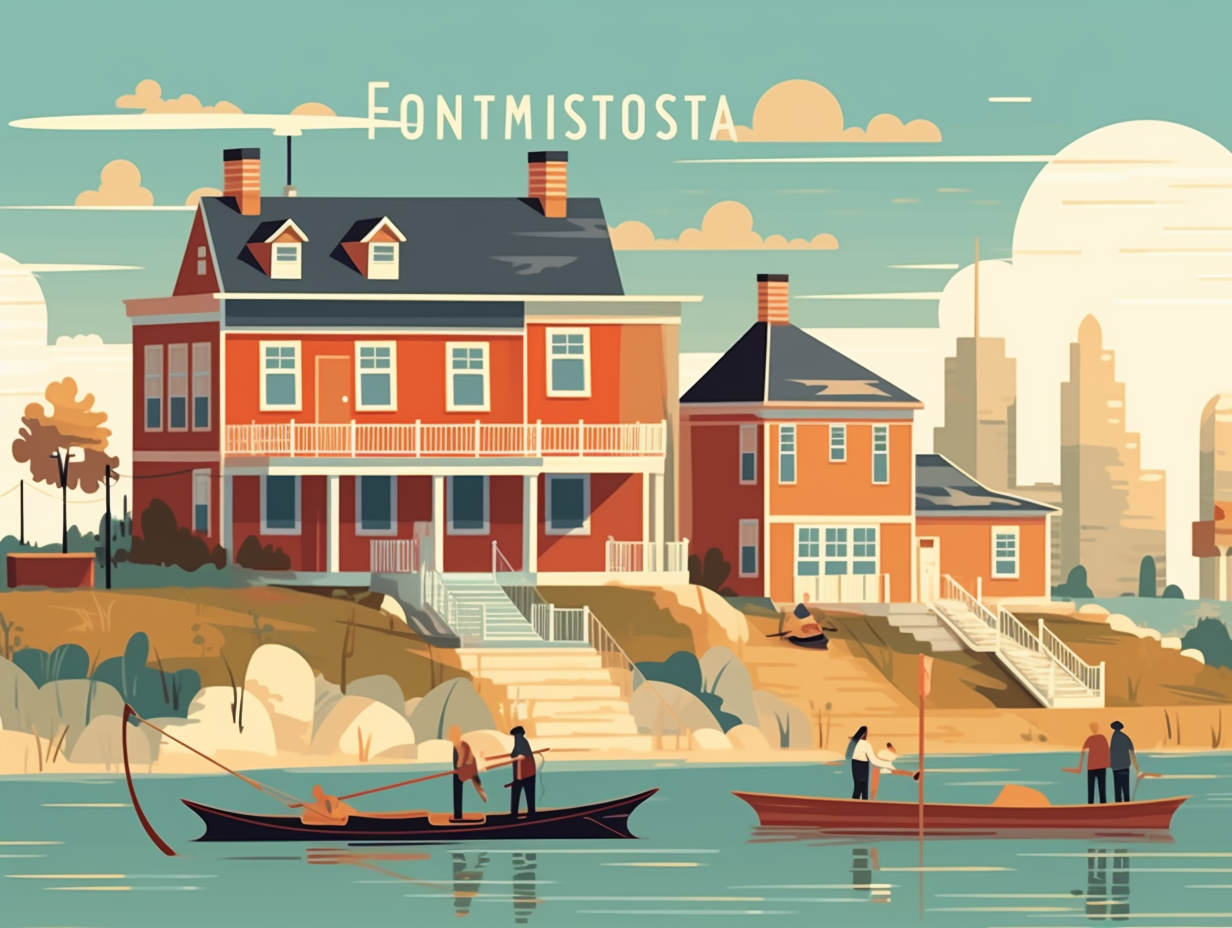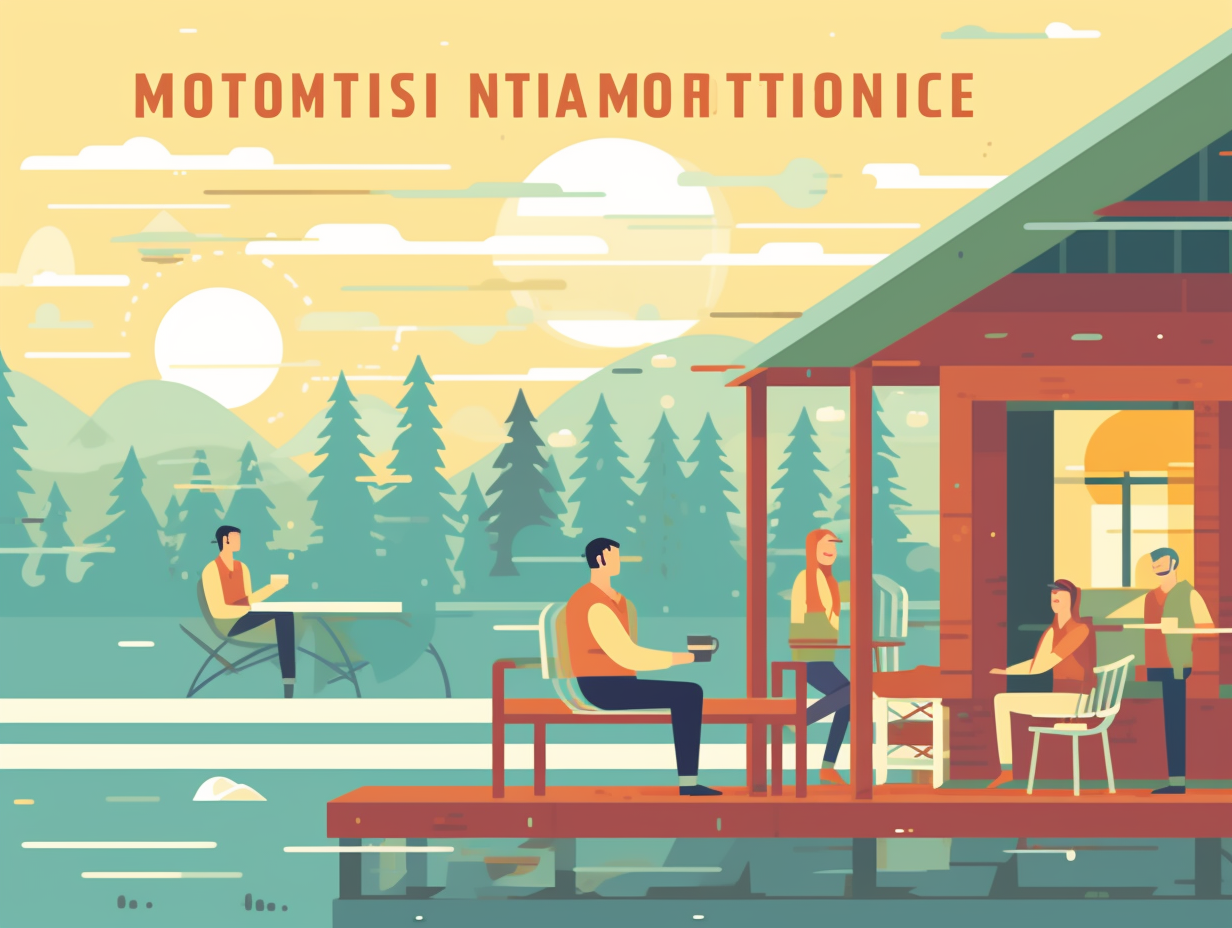Uncover the Charm: 14 Enticing Fun Facts About Lisbon You Can't Miss
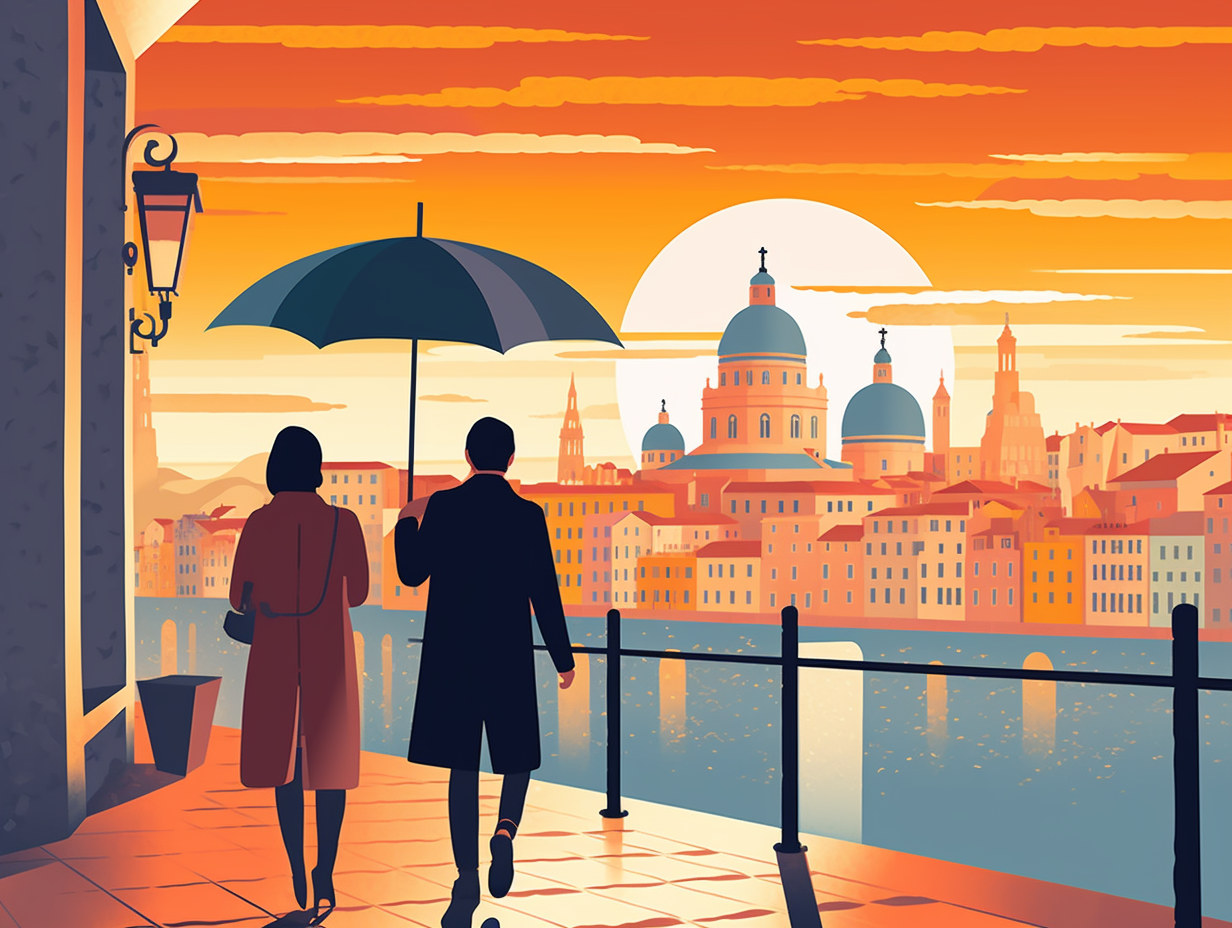
1. Vasco da Gama Bridge: Europe's Longest
Whoever said size doesn't matter clearly never took a drive across the Vasco da Gama Bridge - Europe's favorite boastful heavyweight. Taking 'bridging the gap' to a whole new level: this 12.345 km (7.671 mi) long marvel is not only the longest bridge in the European Union, but also the second longest in all of Europe after the Crimean Bridge. Designed to combat Lisboan traffic jams and connect Portugal's split ends, the cable-stayed stunner and its viaduct sidekicks gracefully straddle the Tagus River without batting a suspension cable.
Source => en.wikipedia.org
2. Electrifying Tram Transformation
Why did the Lisboan tram cross the road? To get electrified, of course: The tram system in Lisbon has been hustling and bustling since 1873, with its iconic yellow "remodelados" still in service today, having switched from horsecar lines to electric traction by 1902, and waving goodbye to cable trams in 1913 – now boasting six functional lines all managed from the Santo Amaro depot.
Source => en.wikipedia.org

Did you know that 1.5 million bats call Austin's Congress Avenue Bridge their home, creating the world's largest urban bat colony? Witness their nightly insect feast and join the delighted locals and tourists! 🦇
=> Fun Facts about Texas
3. Olive Oil: Queen of Condiments
In a land where the humble olive gets the royal treatment, it's only fitting the "Queen of Condiments" holds court, bathing dishes in her golden glory: Lisbon's love affair with olive oil is unparalleled, as it sits atop their culinary throne, playing a crucial role in traditional treats like Bacalhau a Lagareiro and Roasted Codfish with Potatoes - with the Alentejo Region producing some of the finest liquid gold, including the award-winning Herdade do Esporao.
Source => authenticfoodquest.com
4. Earthquake-Resistant Pombaline Style
Lisbon must've known that "what goes around comes around" when it came to shaking things up architecturally: After the 1755 earthquake leveled the city, the Marquis of Pombal developed the unique, earthquake-resistant Pombaline style, making Lisbon one of Europe's best-prepared cities for tremors while adding character to its streets.
Source => en.wikipedia.org
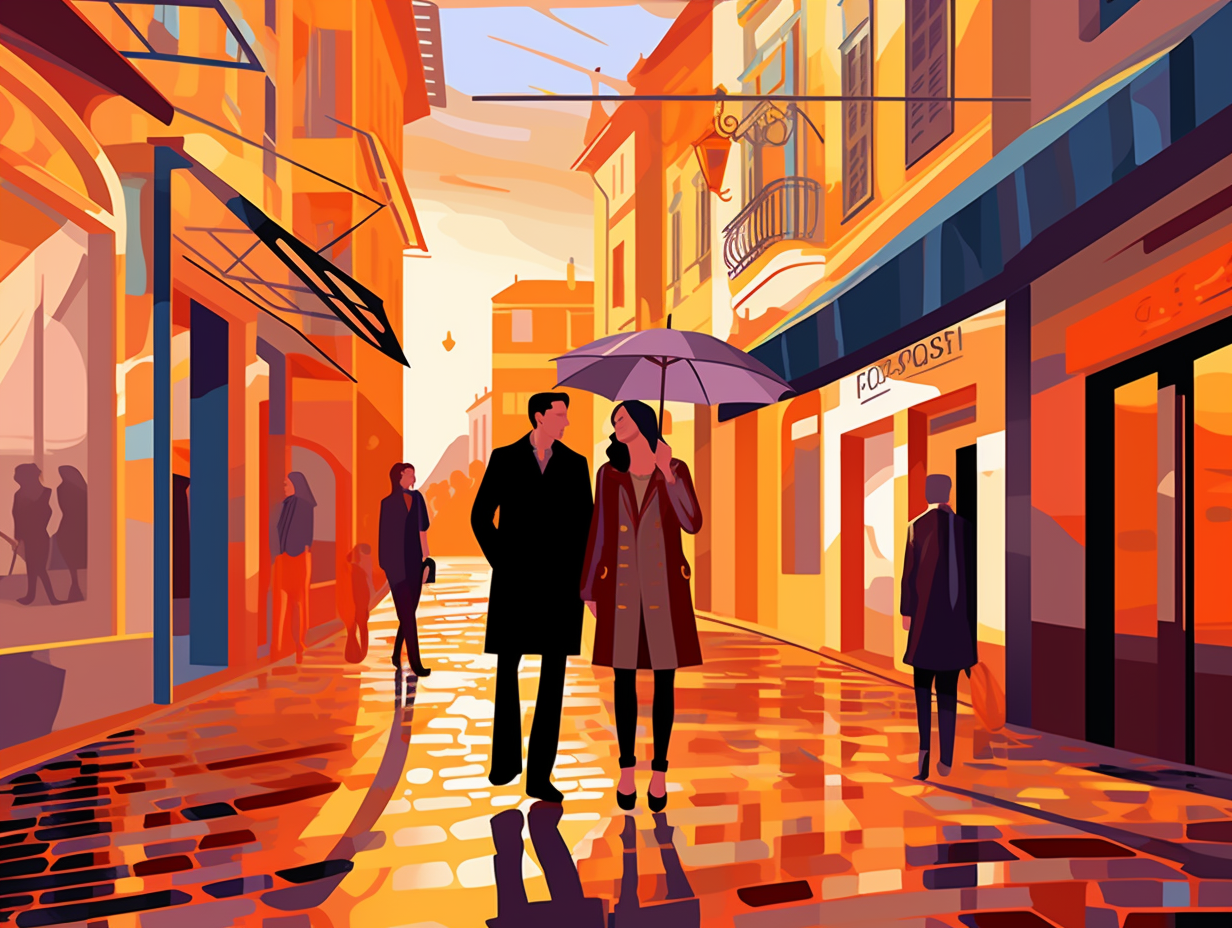
5. Lisbon's Golden Gate Lookalike
They say imitation is the sincerest form of flattery, but when it comes to bridge building, Lisbon got the memo half right and threw the Golden Gate Bridge a 25 de Abril-sized compliment: Though often compared and slightly resembling San Francisco's iconic Golden Gate Bridge, Lisbon's 25 de Abril Bridge is actually longer and boasts the title of one of Europe's longest suspension bridges, uniquely connecting Lisbon to the picturesque town of Almada for commuters and admirers alike.
Source => thelifeofasocialbutterfly.co.uk
6. Seven-Hilled Sibling Rivalry
Lisbon, where Rome's seven-hilled sibling has a serious case of FOMO: This coastal beauty, nestled between the Tagus River and the Atlantic Ocean, also features seven picturesque hills – yet, it never quite earned the official "City of Seven Hills" title like Rome. However, these beloved elevations undoubtedly shape Lisbon's rich history and provide breathtaking views that leave tourists and locals alike on a natural high.
Source => puretravel.com
7. Elevador de Santa Justa: Lisbon's StairMaster
Who needs the StairMaster when you've got the Elevador de Santa Justa: A 1902 Eiffel Tower-inspired, Neo-Gothic marvel designed by Raoul Mesnier du Ponsard, Gustave Eiffel's protege, serving as a lovely shortcut between Lisbon's upper and lower neighborhoods, while offering tourists breathtaking panoramic views from its observation deck.
Source => lisbontouristinformation.com
8. Fado-Inspired Street Art
If you think walls can't sing the blues, you haven't visited Lisbon: The city's artistic murals are often inspired by fado, its traditional music, with a famous example found in Escadinhas de São Cristóvão featuring renowned fado singers, musicians, and Portuguese cultural symbols. Muro Festival of Urban Art also showcases fado-laced art in Cruz Vermelha and Quinta do Cabrinha neighborhoods, making Lisbon's urban landscape a harmonious blend of street art and soulful tunes.
Source => getlisbon.com
9. Lisbon's Brazilian Coffee Connection
Care for a tall, dark, and steamy encounter with a Portuguese delight? Be prepared for an espresso experience that will awaken your senses and invigorate your soul: Lisbon, the capital of Portugal, has a rich coffee culture dating back to the 1800s, when Brazil introduced the beloved beverage to its then-colonizers. Today, Lisboetas sip at least two espresso coffees a day, brewed with high water pressure resulting in a distinctive flavor and mouthfeel, all thanks to their Brazilian connection. So, hold on to your cups for a caffeine-infused tour of this city, where coffee is a way of life and a testament to their historical past.
Source => tasteoflisboa.com
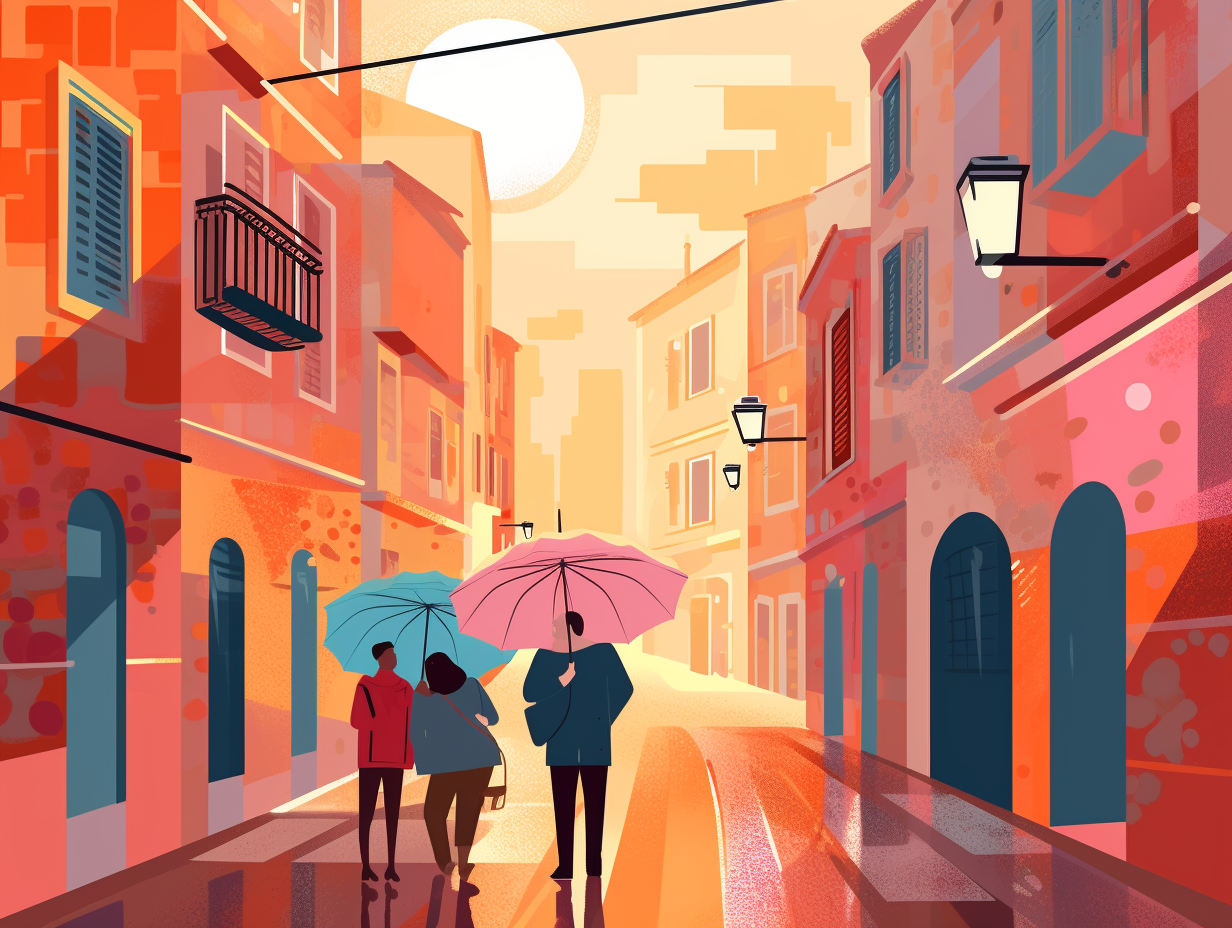
10. Mercado da Ribeira's Cinematic Decline
In a plot twist that even M. Night Shyamalan couldn't predict, a once-thriving Lisbon food market went from shopping blockbuster to arthouse flick: Mercado da Ribeira, sharing space with Time Out Market Lisbon, was once a bustling hub after the 1775 earthquake, but now finds itself bested by neighborhood markets, chain grocery stores, and Saturday bio markets like Mercado Biológico do Príncipe Real.
Source => 2foodtrippers.com
11. Calçada Portuguesa: Art Beneath Our Feet
Lisbon's streets are a stone's throw away from a masterpiece: quite literally, as the city is paved in calçada portuguesa, a decorative cobblestone pavement combining limestone and basalt. What may seem like a "rocky" transition from jest to fact, these gorgeous designs were inspired by Roman mosaics and have been lining Lisbon's streets since the 18th century. These intricate patterns, featuring maritime elements and geometric shapes, are crafted by skilled artisans known as calçeteiros and continue to delight locals and visitors alike. Lisbon's pavement art proves that sometimes, life's best art is right beneath our feet!
Source => portuguesemuseum.org
12. Belém Palace's Royal Secrets
In a twist fit for a royal telenovela, Lisbon's Belém Palace keeps the Portuguese President entertained with whispers of exotic birds and cascading waterfalls from the past: Originally built in the 1500s, this majestic palace now serves as the President's official residence, boasting a lush garden with a captivating waterfall commissioned by Queen Maria I, an art-filled chapel, and the insightful Presidency Museum nearby.
Source => lisbonportugaltourism.com
13. Ajuda Botanical Garden: Green Paradise
What do you get when you cross an 18th-century green-thumbed explorer with a sculptor inspired by Neptune's entourage? A Portuguese paradise, that's what: The Ajuda Botanical Garden in Lisbon, established in 1768, is the country's oldest botanical wonderland. Despite its bumpy past with Napoleonic party-crashers, the garden still brims with flora from former colonies and venerable trees, all nestled amongst statues, a Baroque sea creature-studded fountain, and breathtaking views of Belem, the Tagus River, and the 25 de Abril Bridge – all of which can be enjoyed for the titillating price of 'free' with the Lisboa Card, which also grants complimentary access to Lisbon’s public transit!
Source => golisbon.com
14. Manueline Marvels of Lisbon
Ahoy there, ye lovers of architecture and sea shanties! Prepare to set sail on the vessel of Manueline splendor, where swirly-whirly designs sing to the tune of seafaring explorers and noble knights: Lisbon's iconic Monastery of the Hieronymites and Tower of Belém are UNESCO World Heritage Sites built during Portugal's Golden Age of Discovery. The 15th-century Monastery was commissioned by King D. Manuel I to bless the brave seafarers venturing into the new world, while the Tower of Belém, constructed around 1514, commemorated Vasco da Gama's journey and defended Lisbon's port like a medieval bouncer.
Source => whc.unesco.org
Related Fun Facts







